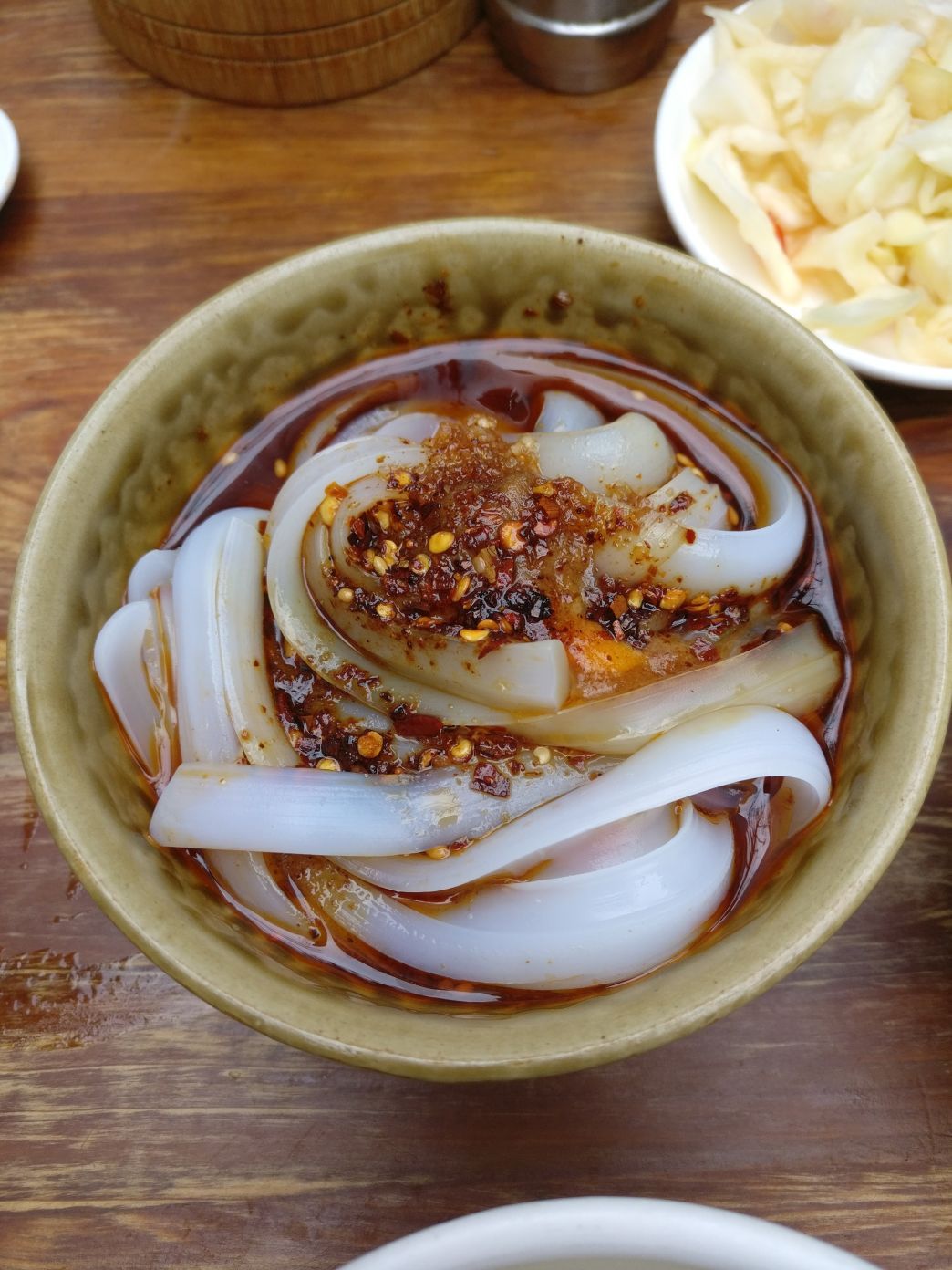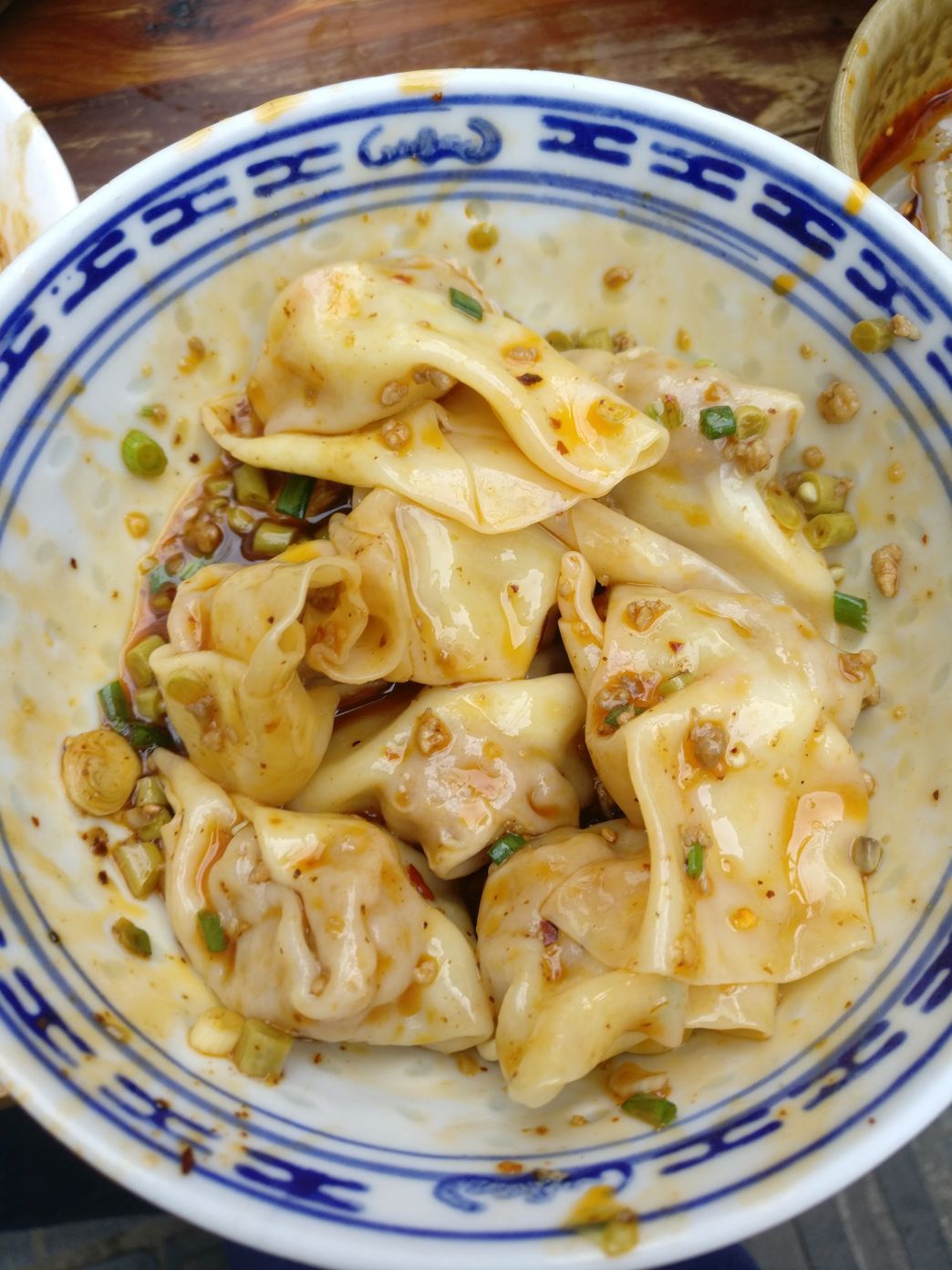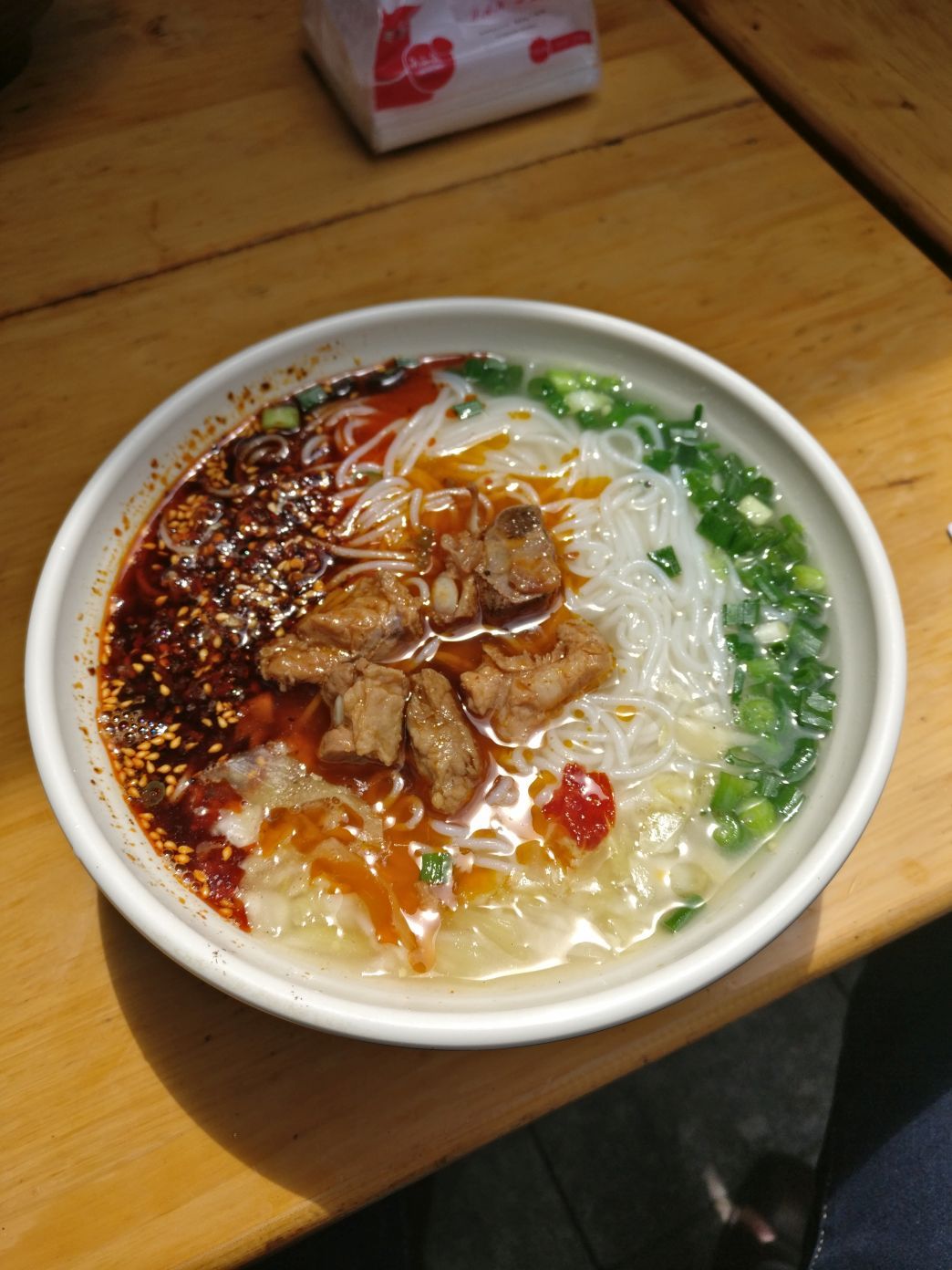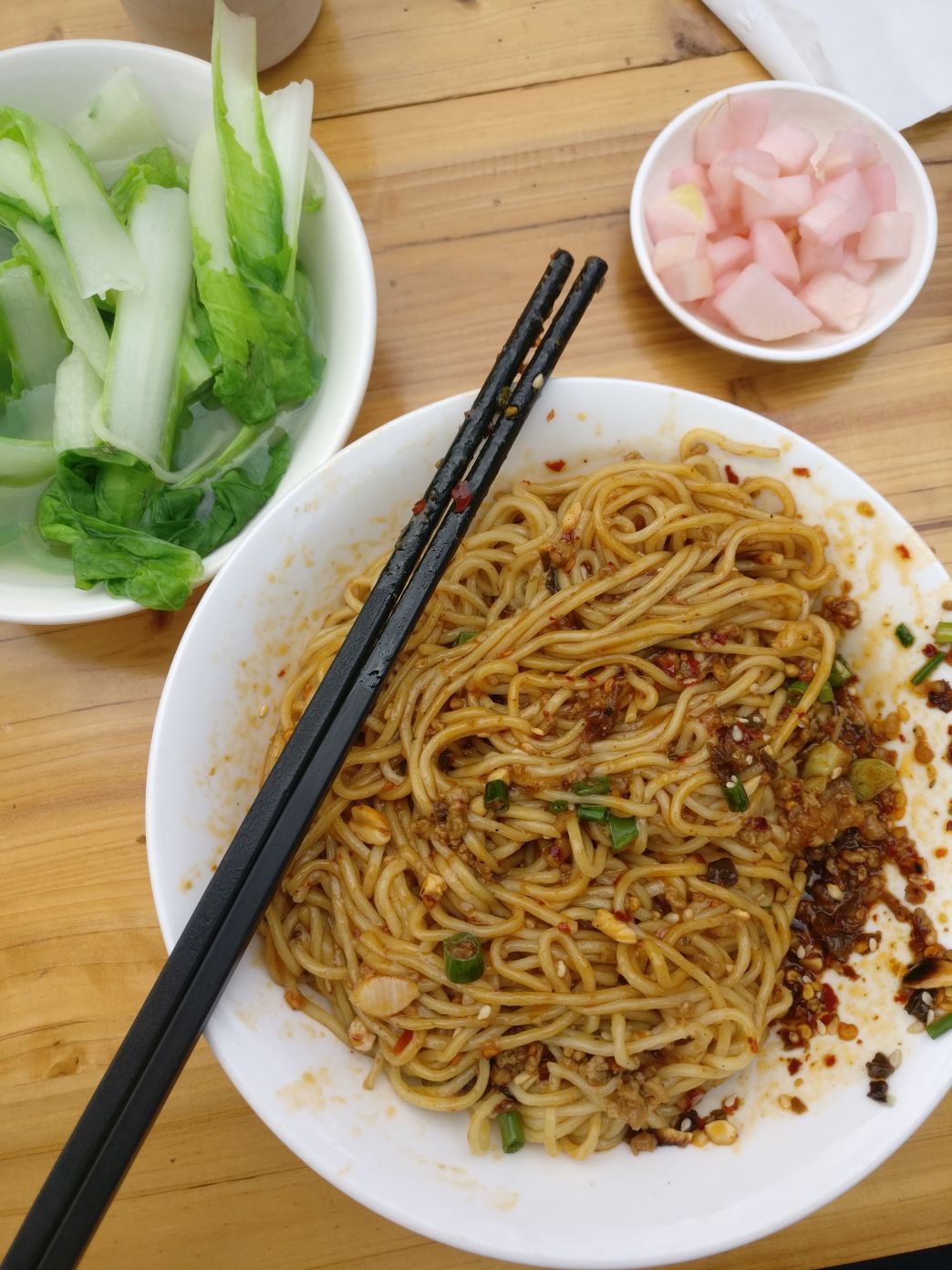How to: Order Noodles in Chengdu

People need to eat. That's as true for people living in Mombasa as those in Maryland. And especially so for China, where a universal reverence is paid to the three meals.
A popular saying goes 一天两人三餐四季 (yītiān liǎngrén sāncān sìjì). One day, two people, three meals, four seasons.
So not being able to deftly handle your three meals presents a problem. Especially when you're living in the noodle capital of the world and, well, you like noodles. Walking into a busy noodle shop, not really speaking the language, and having the owner bark something at you - not unkindly, just businesslike - while you hold up the queue can be quite intimidating.
I'll walk you through what I've learned so far while living in Chengdu. The types of noodle, how to order them, and what the general deal is in noodle shops. This first step towards self-sufficiency will open a new universe of flavour, worlds apart from the convenience-store fare to which you may have been subjected (it's not bad, but it's not quite fresh noodles).
Noodle shops are everywhere here. Your basic choices are between regular wheat noodles (mian, 面), alkaline, slightly yellow, bouncy ramen-style noodles (jianmian, 碱面), rice noodles (mixian, 米线) and starch noodles (mifen, 米粉 (a hard 'er' (儿) is often added to the end here to avoid mix-ups with mifan, 米饭 - rice. So it sounds like 'mifahr')). The starch noodles are often made with mung beans, potato or sweet potato. They're much better than 'starch noodles' would imply.




Next, you've got 'what else do you want in the bowl'. Dry and mixed (ganbande, 干拌的) or soup (tang, 汤) are the basic variants. Dry and mixed, naturally, comes with a healthy lagoon of red oil and flavourings at the bottom of the bowl. Patrons are strongly encouraged/threatened to mix before eating (imagine you told an Italian you wanted 'just pasta', no sauce whatsoever). The red oil is always more delicious than fiery - that is to say, it's always umami-rich, sometimes slightly spicy.
For soup, your main choices are clear soup/chicken broth (qingtang, 清汤), red soup (hongtang, 红汤), with a thin sheen of red oil on top, a more oil-laden 'soup' called just 'red oil' (hongyou, 红油) and hot and sour (suanla, 酸辣). These options can all be mixed and matched with basically any type of noodle. Though you most commonly see hot and sour soup with starch/rice noodles and only ever see liangfen (凉粉, thick bean jelly noodles served cold) with red oil.
When it comes to toppings and other flavourings, the world's your oyster. A menu will often list ten-plus different variants, with the main differences in the toppings of the noodles. Restaurants often have beef (niu rou, 牛肉), pork ribs (paigu, 排骨), fish and pickles (suancaiyu, 酸菜鱼) and black chicken (wuji, 乌鸡). Your best bet is to look to the top of the menu, see what other people are eating or just ask after the restaurant's specialty (tesecai, 特色菜). I usually order zhajiangmian (picture four above) or qingtangchaoshou (clear soup wontons, 清汤抄手).
It took me a few months to figure out you can order 'shucai' (熟菜), or cooked greens, for just a few kuai at basically any restaurant. By my estimation, that's a small price to pay to not get gout. It'll usually be a little bowl of green vegetable or cabbage that has been blanched for a minute in the noodle liquid.
Speaking of other goodies, there's usually an add-on menu where you can 'jiarou' (加肉, add meat) or a fried egg (煎蛋). But noodle joints here know the best things in life should be free. Introducing: bottomless pickles (泡菜, paocai). Each restaurant has their own pickle jar, tub or vat for customers to take as they please. These can be spicy, crunchy, sweet or - most often - salty. They're often made with radish, carrot or cabbage. Nearby, there's usually a large barrel of hot 'soup' (noodle cooking water) or, if you're lucky, slightly sweet soybean milk. Either way, appreciated on a chilly winter morning.
How much do you want to eat? Sichuan - I'm not sure if it extends elsewhere - has a system of liang (两). You can choose one, two or three liang (一, 二, 三) for correspondingly normal-to-enourmous bowls of things. I'll have 一两 if I've had a large morning snack, 二两 on a regular day, and I only really see 三两 being eaten by labourers and very hungry-looking people. I was told each liang corresponds to the amount of meat in the dish (it's used to measure both wontons and noodles) at 50 grams per liang.
There are many more noodle dishes, but this should hopefully get those new to Chengdu familiar with the absolute basics of noodle ordering. No one should go noodleless in these troubled times. Later, I'll do some deeper dives into other dishes like sweetwater noodles (tianshuimian, 甜水面), bed sheet noodles (pugaimian, 铺盖面) and knife-cut noodles (daoxiaomian, 刀削面). Let me know if you want to see anything specific.
Till next time.